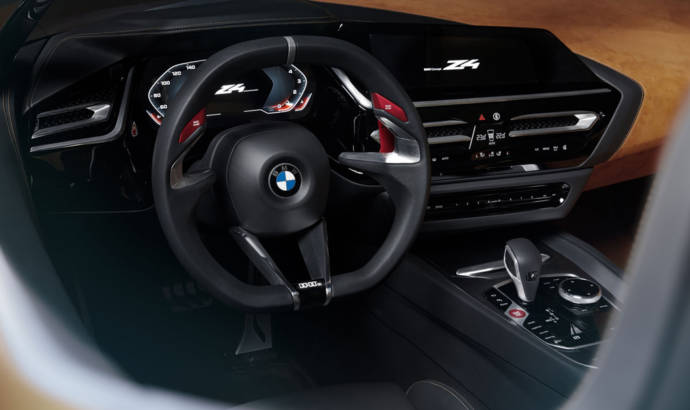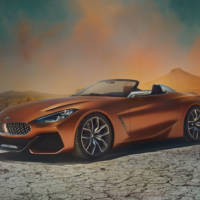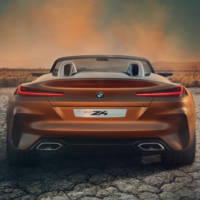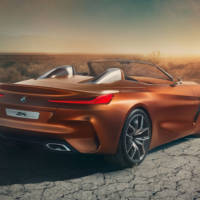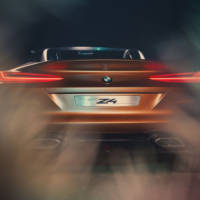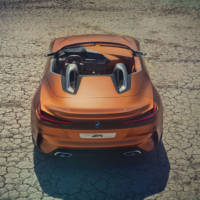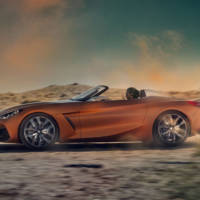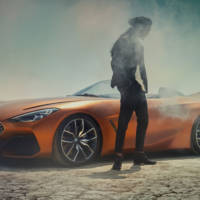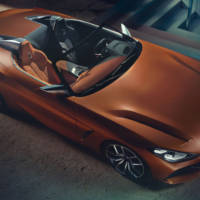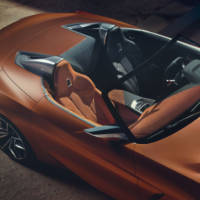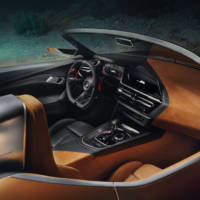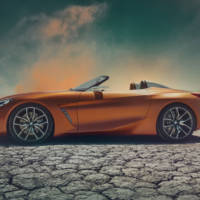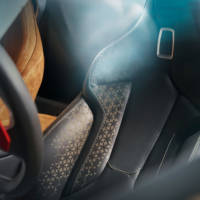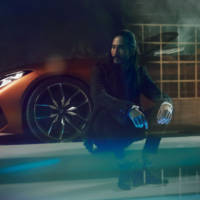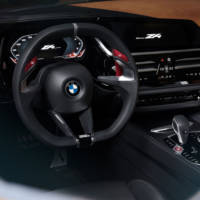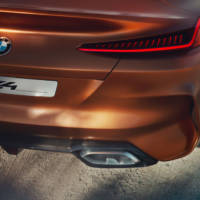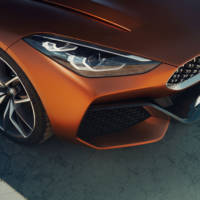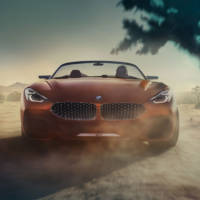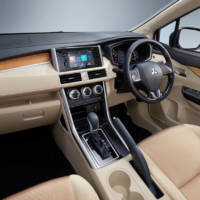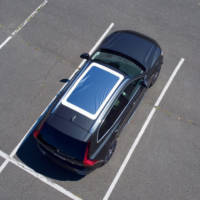After a long wait, BMW finally unveiled the concept that prepares the public debut of the new generation Z4. The public unveiling took place at the Pebble Beach Concours d’Elegance.
The BMW Concept Z4 Roadster adopts classical roadster design cues, such as a long wheelbase, a low-slung, stretched silhouette and a compact rear end.
A shorter bonnet and crisp overhangs ensure the driver sits closer to the center of the car than in previous BMW roadsters. This gives the new proportions a focused, sporty and agile feel.
The outline of the car follows a distinct wedge shape, which fills the BMW Concept Z4 with dynamism. The large domes stretching out rearwards from the cabin integrate the function of rollover bars and provide a sporting conclusion to the low-to-the-road silhouette at the rear.
In place of the customary bars, the inside of the kidney grille features elaborately designed mesh, whose vertical orientation recalls the sporty, functional kidney design of early BMW roadsters such as the BMW 328 Mille Miglia. In a departure from the BMW norm, the Concept Z4 provides a vertical interpretation of the classical four-eyed headlight look, with two overlapping tubes on each side. The turn signal indicators point diagonally towards the kidneys from above.
The large carbon-fibre insert in the central air intake is straight out of the motor sport playbook.
Above the rear lights, the boot lid – complete with prominent spoiler – stretches across to the burly wheel arch extensions, sending out a message of power-infused agility. Below, large air outlets in the rear apron create their own dynamic impression. The carbon-fibre diffuser adds a sporty and exclusive flourish and signs off the rear end at its lowest point to the road.
The driver’s seat as well as the door trim panels, instrument panel and centre stack that encircle the driver are finished entirely in black. Together they form a clearly defined area that wraps around the driver like a capsule.
The instrument cluster and central information display form a high-quality cluster of screens that are integrated into the driver’s cockpit to flawless ergonomic effect. The two displays are now positioned at almost the same height and in close proximity to one another, which gives the impression of a single, cohesive unit.

